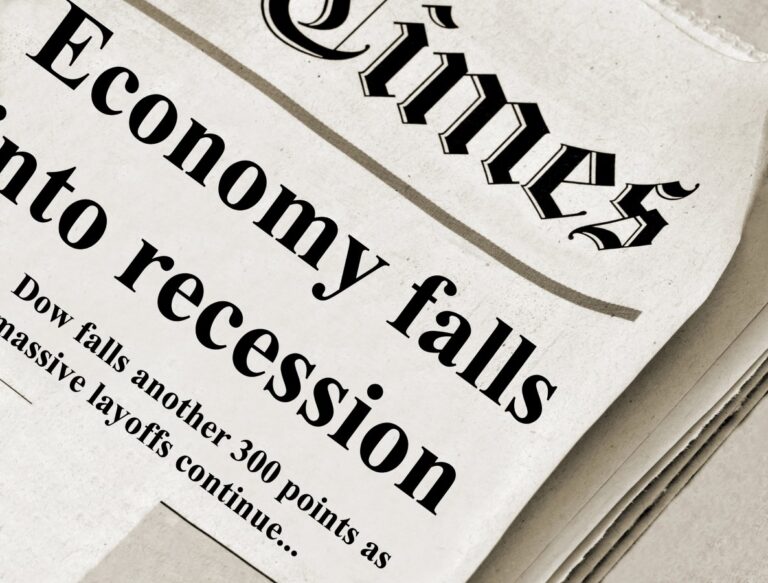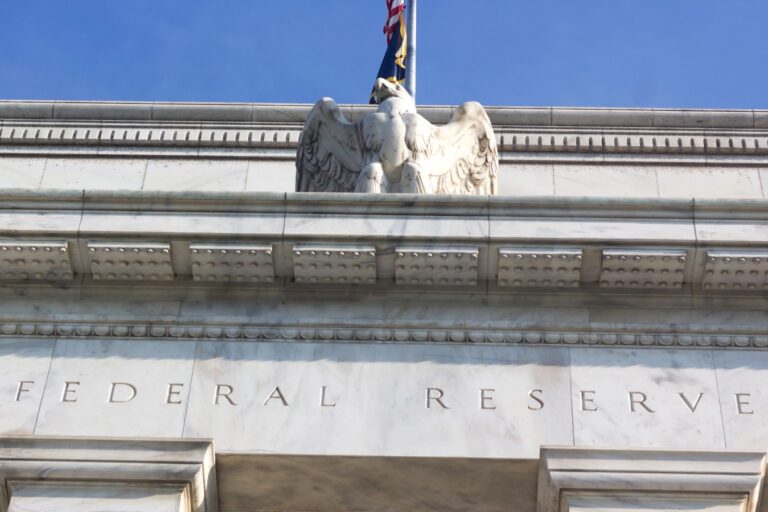Uncover the Income Required to Join the Top 1% in Every State and Find Out Why NYC Doesn’t Top the List!

SmartAsset’s latest study reveals the income required to break into the top 1% across each state, exposing unexpected disparities in living costs throughout the country. Surprisingly, New York falls short of the top five, with coastal states taking the lead.
#1 Connecticut

Connecticut, known as the Constitution State, is first on the list. To attain membership in the top 1% of taxpayers, residents have to earn approximately $952,902
#2 Massachusetts

In Massachusetts, individuals must earn at least $903,401 to belong to the top 1% of taxpayers. This particular tax bracket is subject to the fourth-highest tax rate in the country.
#3 California

The state with the highest population in the country has the third-highest income requirement to be categorized as a top 1%. California residents who surpass the income threshold of $844,266 are subject to an average tax rate of 26.95%, placing the state among the top five states with the highest rates.
#4 New Jersey

To qualify as a top 1% taxpayer in New Jersey, an individual must have an income threshold of $817,346, with the top earners subject to the third highest tax rate nationwide.
#5 Washington

Washington requires households to have a minimum annual income of $804,853 to qualify as the top 1%. Notably, these high-income earners are subject to an average tax rate of 25.99%, lower than the other top states due to the absence of state income tax.
#6 New York

Residents of New York earning above $776,662 fall into the category of top 1% taxpayers. The average tax rate for the top 1% of taxpayers in New York is 28.29%, the second-highest nationwide.
Southern States Have Lower Income Thresholds

Certain Southern states exhibit lower income thresholds, necessitating a relatively lesser income to qualify in the top 1%. Residents of West Virginia require a mere $367,582 to be in the top 1%, denoting the lowest income level within the study.
Among the Southeast states, six out of the 10 have the lowest income thresholds. The top 1% income disparity between states is so huge that to be classified in the top 1%, an individual must earn nearly three times the income in Connecticut compared to West Virginia highlighting the difference between HCOL vs. LCOL areas.
The bottom five are West Virginia, Mississippi, New Mexico, Kentucky, and Arkansas.
What Does It Take To Be in the Top 1%

Individuals need to earn more than $500,000 to be part of the top 1% in all except 12 states. It is essential to adopt a strategic approach to increase your income to qualify for the top 1%. Here are the 3 ways to be in the top 1%.
1. Invest in yourself
2. Pursue side hustles that can turn into businesses
3. Buy income-producing assets and avoid liabilities
Tip 1 – Invest in Yourself
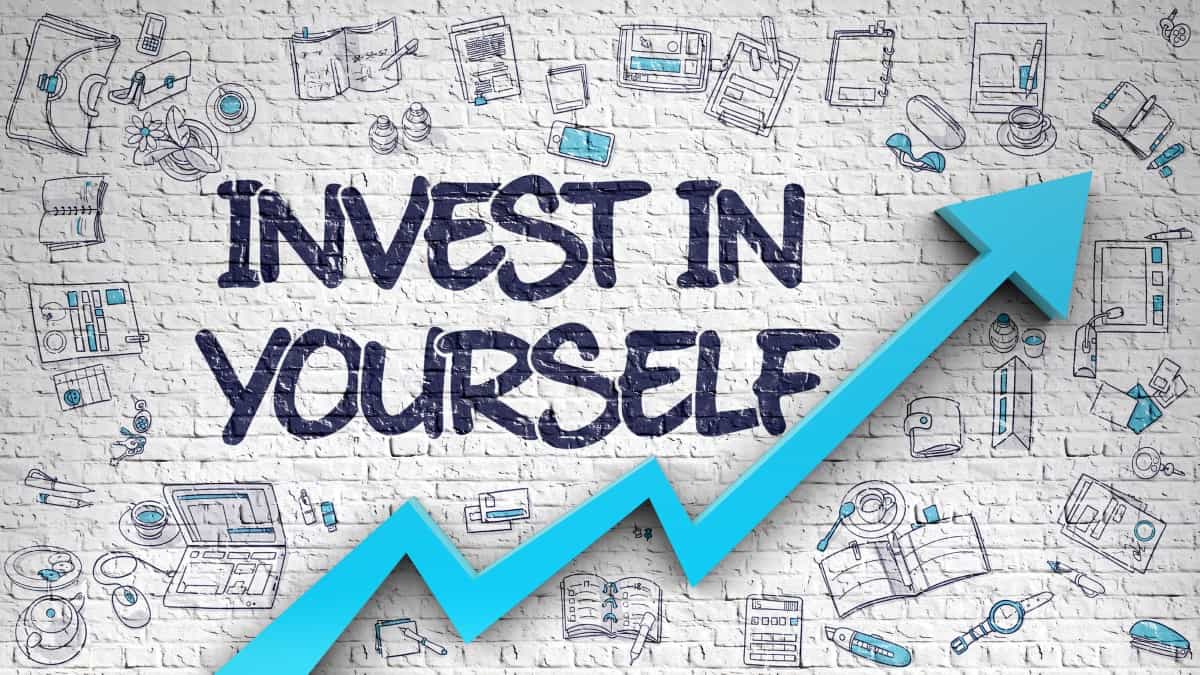
Assess your current earning potential and identify skill gaps that must be addressed to advance your career. Explore job opportunities with higher earning prospects or negotiate a salary increment with your current employer. Investing in yourself by acquiring high-income skills is the best approach to maximizing your human capital.
Tip 2 – Pursue Side Hustles That Can Turn Into Businesses

Becoming a billionaire is more accessible by owning a business, a common trait many of the world’s wealthiest individuals share. Owning your own business gives you total control over your income potential and the direction of your enterprise.
This entrepreneurial path often starts modestly, with a simple side hustle. The beauty of a side hustle is that it can be launched while still maintaining the security of your full-time job. Over time, as your side hustle grows and becomes profitable, you can transition from an employee to a business owner.
Your side hustle allows you to test the waters, refine your business model, and ultimately shift to full-time entrepreneurship when right. Your side hustle could be the springboard that propels you into the elite club of business owners and, possibly, billionaires.
As per the latest Survey of Consumer Finance results released by the Federal Reserve, work status plays a huge role in the average net worth.
The decade-long chart shows that the net worth trend favors self-employed individuals more than employees. The best way to increase your net worth is to start a business.
When we evaluate the various types of businesses, online business is the best due to the risk/reward ratio.
- The low cost of starting an online business and the opportunity for passive income make it an ideal diversified income source.
- Besides, you can avail of several tax exemptions and live in a low-cost country/state to make it even more profitable.
- Given the digital economy, more and more of our world will move online. Automated tools make it easy to start a website in 10 minutes with zero computer programming skills.
Unlike physical business, it is effortless and cheap to create a website. You can start a website for a low monthly fee of $4.95/month.
Setting up a website or blog is considered active initially because you need to produce content. But, the internet provides infinite leverage in terms of audience. The content created once can be sold repeatedly, with no extra cost.
Contrast online with a physical business where you have ongoing manufacturing costs to generate extra sales. Also, the one-time effort to create content pays off in the long run. You no longer need to create new content. Marketing the already-created content will result in a passive income stream for the future.
And you do not need to be an expert. Everyone loves to learn from their peers.
The topic does not need to be complex, either. Make money from your hobby.
My friend started a kitchen herb garden and now sells e-books on herb gardening from her website. Another friend is offering keto recipes on his website. With low costs to start an online business, there is no reason not to start. Check out my guide on how to create a website in 10 minutes.
Christopher Clepp, Financial Planner, says, “A fundamental principle for these clients is the reinvestment in themselves and their businesses, their most significant assets. They often invest in ongoing education, skill enhancement, and reinvestment in their business as part of their wealth generation strategy.”
Tip 3 – Buy Assets And Avoid Liabilities
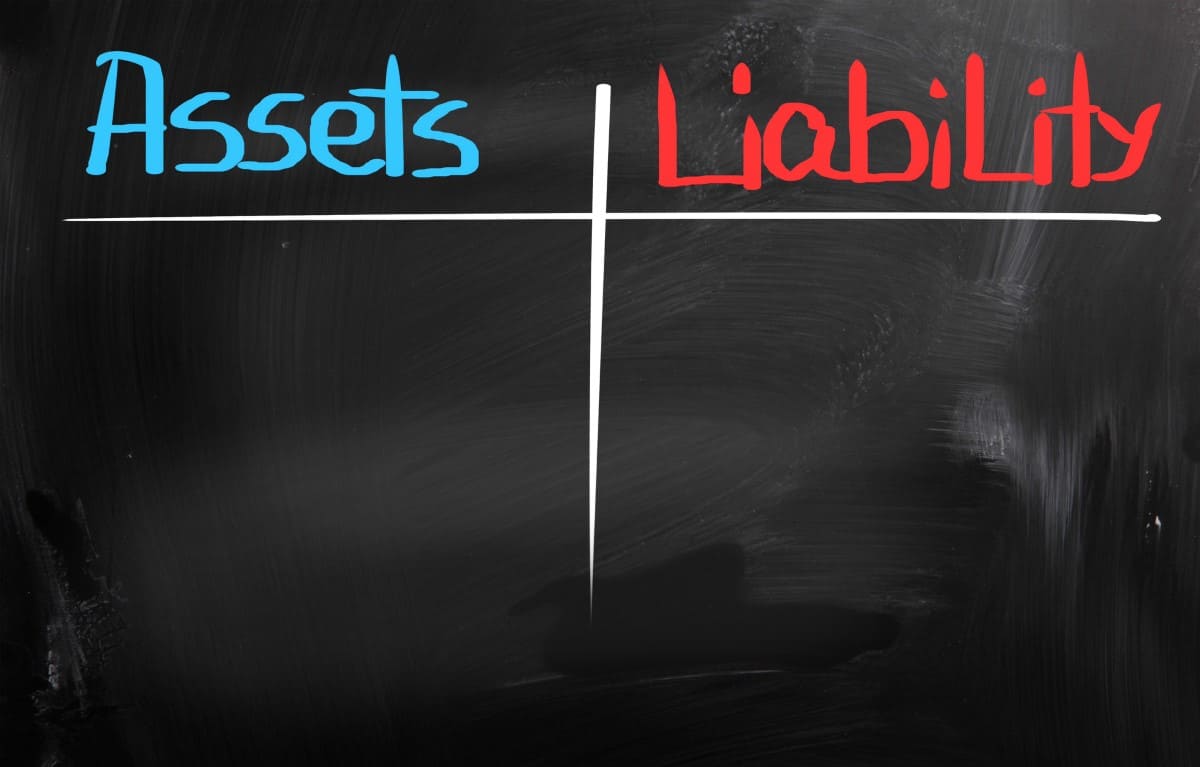
High-income owners should also consider exploring investment opportunities to maintain their lifestyle. They should also aim to balance risk and reward, considering their financial goals and risk tolerance.
To secure a steady income stream, they can diversify their investment portfolio across various income-producing assets, including stocks, bonds, real estate, and alternative investments. Reinvesting the returns from these investments is crucial, as compound interest can significantly increase wealth over time.
Regular reviews of investment strategies and adjustments based on market conditions can further optimize earnings. Lastly, consulting with financial experts or using investment management services can help high-income owners make informed decisions for creating generational wealth.
Higher Tax Rates in Top-Earning States

When discussing income thresholds, it is crucial to consider the effective tax rates applicable to high-income earners across various states.
Connecticut, which has the highest income needed to be in the 1%, also has the highest effective tax rate of 28.4%, followed by New York at 28.29%
- Connecticut – 28.40%
- New York – 28.29%
- New Jersey – 28.01%
- Massachusetts – 27.15%
- California – 26.95%
- Illinois – 26.35%
Incidentally, the states with the highest tax rates are also the states losing population as per the latest annual trends.
Although some states have lower tax rates, even for their top 1% income earners, the lowest tax rate is above 21%. Arkansas, which ranks 46th in terms of the 1% income qualifier, has the lowest rate of 21.11 %.
There are several strategies available to reduce tax liability within a fiscal year. Maximizing contributions to 401(k) or comparable pre-tax accounts can decrease taxable income by $22,500 in 2023.
Additionally, individuals enrolled in high-deductible health plans can make tax-deductible contributions of $3,850 to a health savings account for triple tax advantages.
Furthermore, investing in real estate also provides several tax advantages, such as accelerated depreciation, QBI for rental properties, and 1031 exchanges. When deciding between Airbnb or rental property, note that Airbnb can be used to generate losses to be written off against W2 income. Work with experienced real estate tax planning professionals to ensure you meet the IRS material participation rules.
Rumblings in Washington, DC

No matter how one analyses the data, the income gap between the top 1% and the remaining population has been increasing. According to the US Census Bureau report on income and inequality, the average American household earned a median income of approximately $70,784 in 2021. The Congressional Budget Office reported last year that the top 1% of wealthy US families held more than a third of the country’s total wealth.
As America heads to the polls this year, inequality in income and wealth is expected to dominate the debates.
Ironically, the elite 1% residing in our nation’s capital topped the charts regarding income. If Washington DC were to be recognized as a state, it would have secured the top position with an individual needing an annual income of $1,013,698 to be in the top 1% category. You can explore the entire list based on SmartAsset’s rankings.
Like Financial Freedom Countdown content? Be sure to follow us!
20 Ways To Invest In Real Estate With Little Or No Money

Reviewing the list of income-producing assets backed by collateral, real estate typically features high. In fact, real estate is one of the best ways to build generational wealth. However, investing in real estate usually requires money. Typically, you need at least a 25% down payment for buying a rental property. Often individuals wonder how to invest in real estate with little or no money. Your lack of funds will have to be made up by sweat equity or adjustments in your lifestyle. After all, there is no free lunch. Let’s get started!
20 Ways To Invest In Real Estate With Little Or No Money
Unlock Savings at the Pump: 12 Essential Strategies for Reducing Your Fuel Expenses

As spring blooms and road trip season kicks into high gear, drivers face the challenge of balancing wanderlust with the rising cost of fuel. The average regular gas price as of March 2024 is $3.45 per gallon and at the highest level since November. But fear not! We’ve compiled 12 invaluable tips to help you navigate the highways and byways while keeping your gas budget in check. From clever tricks to tried-and-tested techniques, discover how you can maximize your mileage and minimize your spending, ensuring that your spring road adventures are not just memorable but also affordable. Whether you’re planning a cross-country expedition or a weekend getaway, these tips will empower you to make the most of every gallon, so you can hit the road with confidence and ease.
Unlock Savings at the Pump: 12 Essential Strategies for Reducing Your Fuel Expenses
Unraveling Online Romance Scams: Here Are the 8 Warning Signs to Protect Your Heart and Wallet

According to the Federal Trade Commission (FTC), more than $1.3 billion vanished in 2022 due to romance scams. The surge in online dating has amplified this deception, impacting more than 70,000 Americans. Although Valentine’s Day is over, young and old alike are falling prey to romance scams throughout the year.
Unraveling Online Romance Scams: Here Are the 8 Warning Signs to Protect Your Heart and Wallet
Discover the Secrets of 401(k) Millionaires Building Wealth as Their Numbers Surge 43% This Year
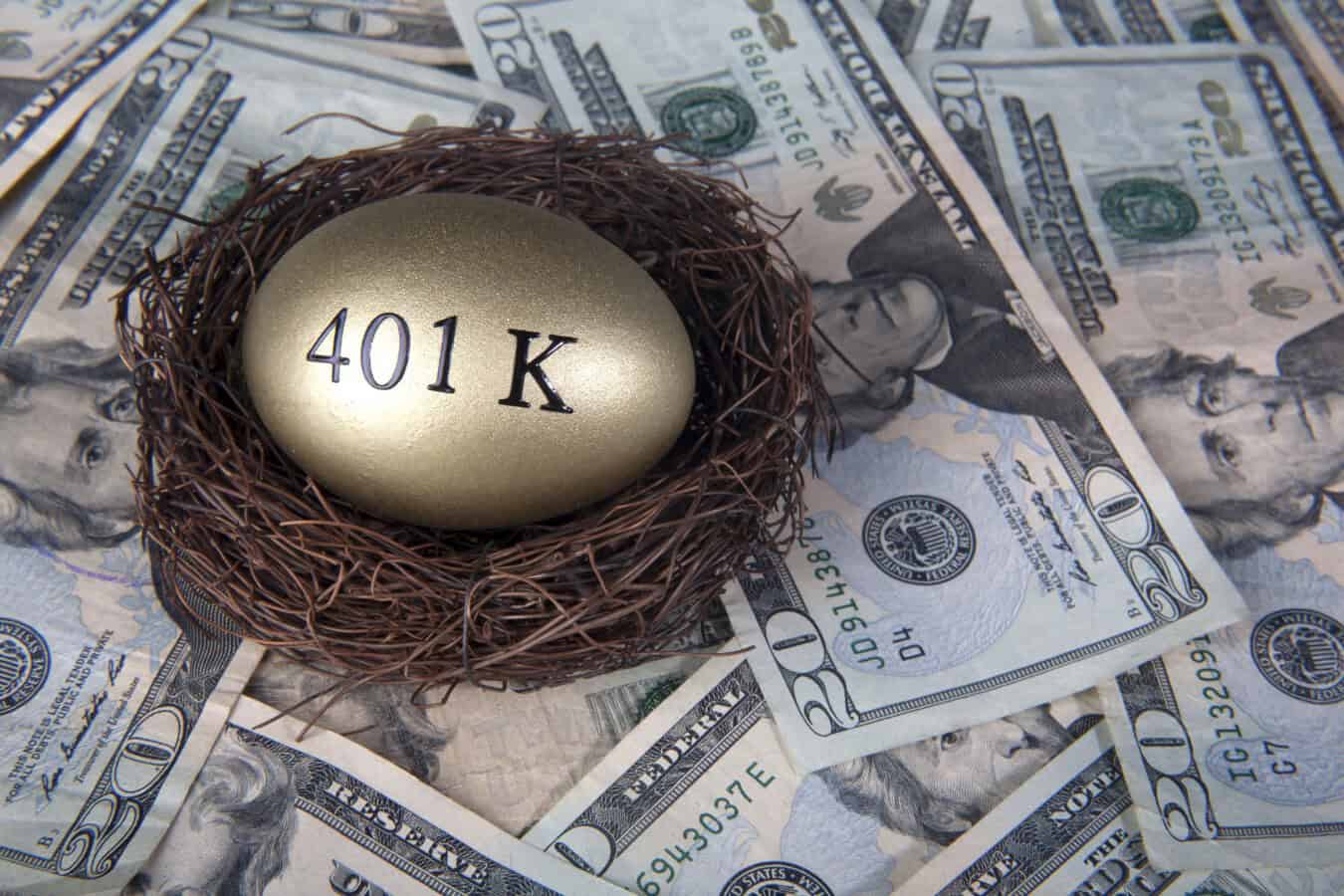
Fidelity Investments reported a record 485,000 accounts with balances of $1 million or more in the first quarter. With surging stock markets, the number of 401(k) retirement account millionaires increased by 15% from the previous quarter and 43% since March 2023. Yet, this financial triumph contrasts sharply with the grim reality for the average American, whose 401(k) balance tells a very different story.
Discover the Secrets of 401(k) Millionaires Building Wealth as Their Numbers Surge 43% This Year
Home Equity Offers A Lifeline for Older Homeowners, but a Dire Future for Those Without

Many homeowners over 60 see their homes as more than just a place to live; they are cornerstones of their financial security and retirement plans. This group, which boasts a nearly 80% homeownership rate, has not only built emotional bonds with their homes but also views the equity accumulated as a vital safety net for their golden years. According to a Fannie Mae study, a significant portion of this demographic is planning to age in place, relying on their homes as a key part of their financial strategy for a comfortable retirement.
Home Equity Offers A Lifeline for Older Homeowners, but a Dire Future for Those Without
Protect Your Retirement: Crucial Strategies to Shield Your Savings During Financial Turbulence

In an era of growing financial risks, investors usually rely on the security of bonds. However, with rising inflation, many are seeing their retirement plans unravel as bond funds faced unprecedented losses in 2022 and continue to decline this year.
Protect Your Retirement: Crucial Strategies to Shield Your Savings During Financial Turbulence

Did you find this article helpful? We’d love to hear your thoughts! Leave a comment with the box on the left-hand side of the screen and share your thoughts.
Also, do you want to stay up-to-date on our latest content?
1. Follow us by clicking the [+ Follow] button above,
2. Give the article a Thumbs Up on the top-left side of the screen.
3. And lastly, if you think this information would benefit your friends and family, don’t hesitate to share it with them!

John Dealbreuin came from a third world country to the US with only $1,000 not knowing anyone; guided by an immigrant dream. In 12 years, he achieved his retirement number.
He started Financial Freedom Countdown to help everyone think differently about their financial challenges and live their best lives. John resides in the San Francisco Bay Area enjoying nature trails and weight training.
Here are his recommended tools
Personal Capital: This is a free tool John uses to track his net worth on a regular basis and as a retirement planner. It also alerts him wrt hidden fees and has a budget tracker included.
Platforms like Yieldstreet provide investment options in art, legal, real estate, structured notes, venture capital, etc. They also have fixed-income portfolios spread across multiple asset classes with a single investment with low minimums of $10,000.
